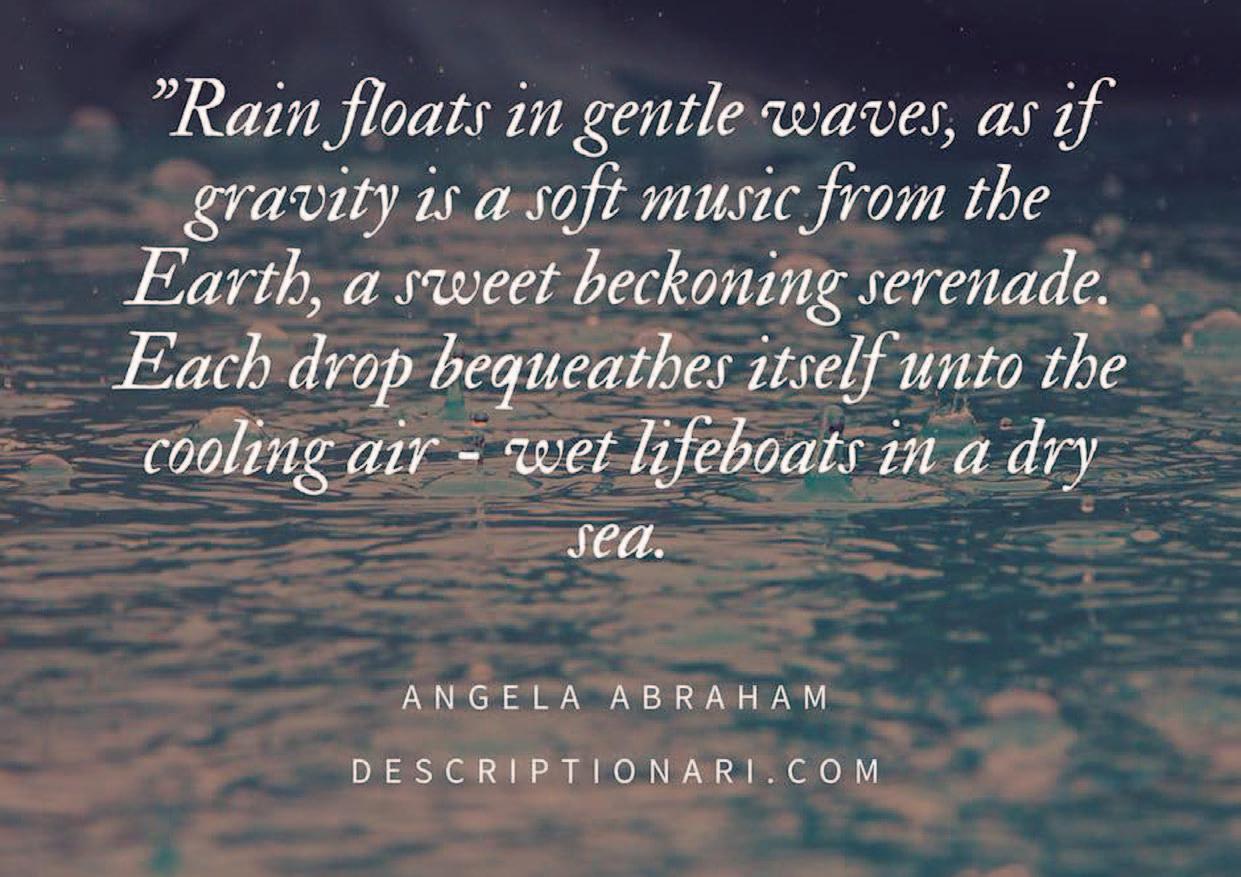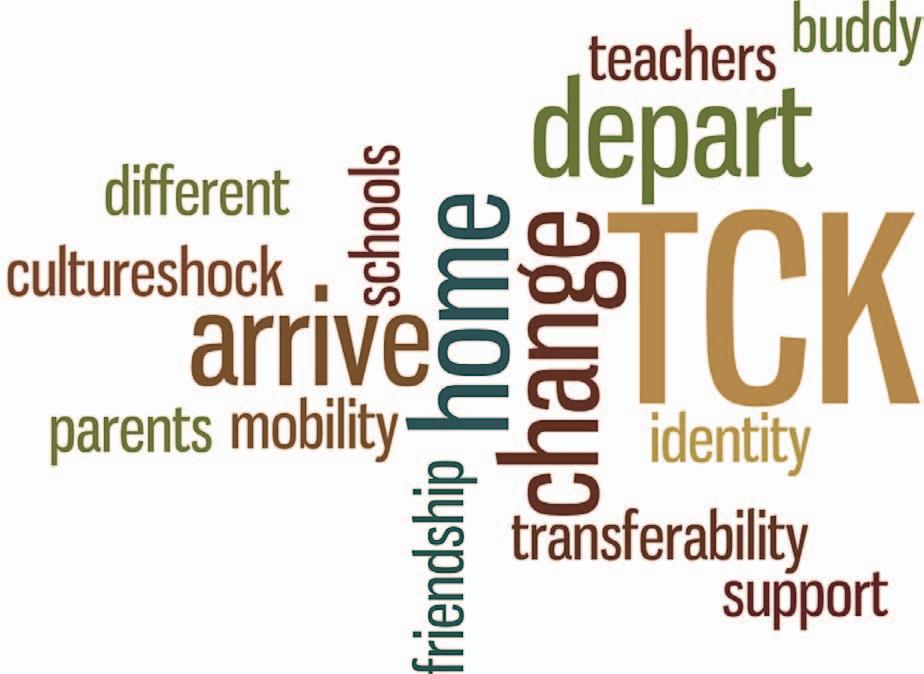Curriculum, learning and teaching
Nurturing creativity in children Angela Abraham suggest some examples
36
some twelve thousand years ago, we have changed little. We love to learn by storytelling, by music and art. We love to play and tell jokes. In every group there is a natural leader, and the same is true of children. In every group there will be a diversity of ability and interest as is healthy and needed for a community to thrive. A generation of gifted mathematicians who didn’t like hunting, farming or building homes would never have survived. In recognising this diversity we can begin to really understand that every child is a needed and valued member of our local and global community. Every child will be led by their passions and natural abilities toward a life of helping others and doing good things. Natural learning is what it has always been: “observe, imitate, practise, master”, and the same very simple approach is still the best one. When we apply this approach to nurturing creativity, we see that the child needs more of an “observe and imitate” Spring |
Autumn
Children are born creatives; they make-believe everything from cooking to imaginary friends. As Einstein said, it is this creative ability that is intelligence; knowledge is something else. To progress in areas of academia there will always be knowledge to be acquired, yet it is those who retain their inborn creativity who will lead the way to innovations in their area of passion. Thus, it is critical that we educators keep this ability alive. Creativity bursts forward when children are having fun; it is inborn of a sense of wonder and play. Happy children learn best, happy adults teach better, both students and teachers enjoying better mental health. When we teach this way we achieve perhaps the most important social good of all, educators role-modelling healthy and robust relationships built on love and trust, enabling students to become well-functioning adults in their various life-roles. It is wise to keep in mind what our species is, how we came to be what we are. Since the dawn of the human era,
| 2018



















